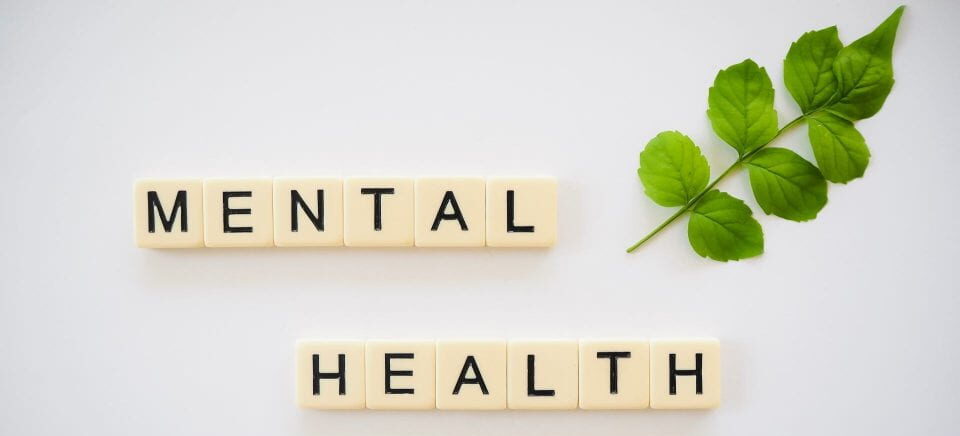November is the month for Thanksgiving, a time when families gather together and eat lots of delicious food. Thanksgiving meals/feasts developed as a way of giving thanks. For a detailed history of Thanksgiving, feel free to visit the Smithsonian Institute website here.
Thanksgiving offers us the opportunity to go beyond the traditional narratives of turkey dinners and football games. It offers us the opportunity to reflect on the deeper significance of gratitude. By focusing on and acknowledging the things in life that we are thankful for, we shift the focus away from the anxieties and stressors and onto the positives of life. Four strategies to help your children with this are:
- Model gratitude. Say thank you, talk with your child about gratitude, and acknowledge the things that you are thankful for and why they are meaningful for you. If you see your child or someone else doing something thoughtful or going above and beyond, point that out and thank them for that.
- Encourage and model saying thank you. This is an opportunity to acknowledge and show appreciation for things that someone else has done. It shows that you and your child value what has been done and is an opportunity to show gratitude in the moment to someone else.
- Have a gratitude jar. Have all family members write things that they are thankful for and at the end of the week (or month or other specified time) review those as a family.
- Help your child look for the silver lining: Tough things happen, but there is usually something positive or some growth that occurs from tough situations. Help your child work through these situations and try to find growth opportunities in them.
And for some homework, what is something that you are thankful for today? I’ll go first: I am thankful for you taking the time to read this blog and do the work to help your anxious child or teen’s life feel more peaceful!
